Why is disability awareness training important?
Following the launch of the Disability Inclusion Working Group in 2016, one of its first initiatives was developing a training programme to introduce staff to key concepts around disability inclusion and accessibility.
Here, Sightsavers accessibility champion Kate Bennell, who runs the training sessions, shares her insights.
The Disability Inclusion Working Group (DIWG) aims to raise awareness about working towards an inclusive, global organisation and build capacity among staff to strengthen and drive inclusion efforts. With these objectives in place, we identified that a staff training programme could increase awareness about the barriers that people with disabilities face and how they can be overcome.
Our CEO agreed to make the training a mandatory requirement for all new starters, and we officially launched it in 2017. While it began as a grassroots initiative, the endorsement from senior management confirmed that the training programme was a key priority for all staff.
How we run the training
An aspect of my role as the technical adviser for disability inclusion and accessibility is to deliver the training along with colleagues from the DIWG, who act as co-facilitators. The training is delivered by staff both with and without lived experience of disability.
Over the years, we’ve delivered over 50 sessions to more than 530 staff based in the UK, as well as in our offices across Europe, South Asia and sub-Saharan Africa, including for our senior managers, CEO and board of trustees. The training takes place in small-to-medium-sized groups and is designed to be participatory and fun, with lots of interactive activities, videos and discussions.
Prior to running the session, we share a survey with participants to collect their expectations. We recognise that some staff will have more knowledge and experience than others, with some working on technical aspects of disability inclusion as part of their day-to-day job. Nevertheless, their participation can be invaluable for other participants, and the facilitators always learn something new, too.
During the training session, we cover a wide range of topics, including:
- An introduction to disability, including language to be used, different theoretical models and the importance of the United Nations Convention on the Rights of Persons with Disabilities.
- Identifying key barriers for people with disabilities and strategies to promote accessibility.
- Inclusive development, introducing the Sustainable Development Goals and Agenda 2030.
- Finally, we briefly look at the work we’re doing internally at Sightsavers on disability inclusion and encourage participants to commit to an action they can take to make our workplace more inclusive.
Prior to the COVID-19 pandemic, we organised in-person training sessions both in the UK and overseas. The global pandemic, however, forced us to change our approach and we adapted the training to be delivered online, using Microsoft teams along with a Miro board and Slido polls.
While in-person sessions allowed more in-depth interactive activities, the online sessions have enabled us to reach more colleagues outside the UK in our country offices. I find it hugely beneficial to have a mix of colleagues with different experiences from the UK and countries across Africa and Asia in the same virtual room, participating and sharing their thoughts and opinions.
Personal reflections
While participants often look at me as the trainer, there’s so much I’ve learned from delivering the sessions. Alongside better presentation skills, I’ve gained a great amount of experience coordinating training sessions for people from different backgrounds and with different experiences. I’ve learned how to be aware of colleagues’ needs by monitoring their levels of engagement and encouraging contributions from everyone – this is essential to enable everyone to benefit. I’ve found that I come away from each session with new knowledge, gained from the group’s shared experiences.
The training is a safe space for staff with limited experience to ask questions and enables those with more experience to champion disability inclusion while creating a cohesive, shared culture. It also highlights that there are staff with disabilities working at Sightsavers and that it’s everyone’s responsibility to take this approach to inclusivity seriously.
What do participants say?
Towards the end of 2021, having delivered 10 virtual training sessions over two years, we gathered some additional feedback from participants. We found that the course was highly-rated, with 64% of colleagues scoring it five out of five and the remaining 36% scoring it four out of five.
“It was really interesting to hear people’s definitions of concepts such as disability inclusion, and their interpretation of images in terms of disability inclusion.”
Vikki Goldsmith, corporate services officer
“I found the training to be very relevant to my role in the communications team. We discussed the need to ensure that all our communications materials are as accessible as possible.”
Ben Steele, communications officer (NTDs)
“It really gave a new perspective on disability and the exercises were helpful in learning.”
Danny Harvey, learning officer
We also received feedback from one of our trustees, who commented, “It was a truly excellent session. All the trustees were really engaged.”
In response to the survey, we updated the training to include more detail about the work we’re doing to implement disability-inclusive practices internally, including information on capturing disability data and making reasonable accommodations for staff with disabilities.
Next steps
Training staff is essential to ensure that all colleagues feel able and confident to promote disability inclusion as part of their job – but we need to go further. Across the organisation, we want to recruit and retain staff with disabilities and share guidance, templates and tools on accessibility.
We have a thriving Disabled Employees Network (DEN) who, through sharing personal, lived experiences of disability, are challenging us to do more as an organisation. We’re also members of the networking hub PurpleSpace and take part in the annual Purple Light Up campaign to highlight our work towards greater disability inclusion.
As a Disability Confident Leader, we know that disability inclusion is a journey and that a variety of systems and approaches are required to promote disability inclusion in the workplace.
We share our journey through blogs like this, to encourage other organisations to follow a similar path. If you’d like to know more about what we’re doing, please contact [email protected]
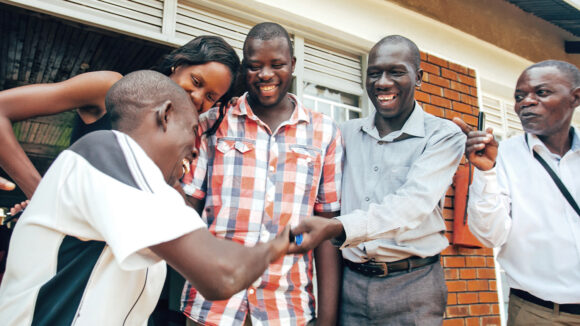
Our commitment to inclusion
Sightsavers’ Disability Inclusion Working Group was set up in 2016 to improve the organisation’s approach to diversity and accessibility.
About the groupAuthor
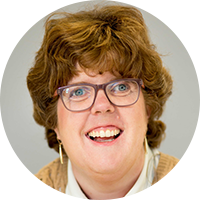 Kate Bennell is the technical adviser for disability inclusion and accessibility at Sightsavers UK. Severely sight impaired herself, she coordinates the Disability Inclusion Working Group and champions accessibility. LinkedIn
Kate Bennell is the technical adviser for disability inclusion and accessibility at Sightsavers UK. Severely sight impaired herself, she coordinates the Disability Inclusion Working Group and champions accessibility. LinkedIn
Read about Sightsavers’ commitment to inclusion
Disability Inclusion Working GroupMore blogs
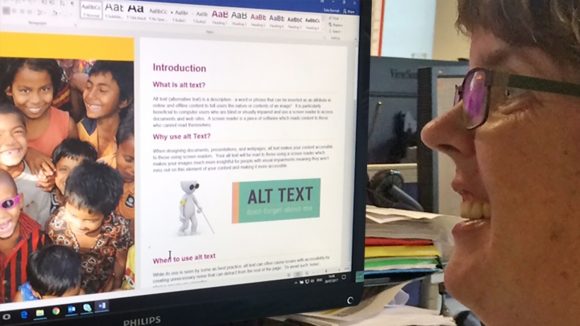
How to support people with hydrocephalus at work
Sightsavers’ Kate Bennell shares her experience of living with hydrocephalus and explains how employers can support colleagues with the condition.
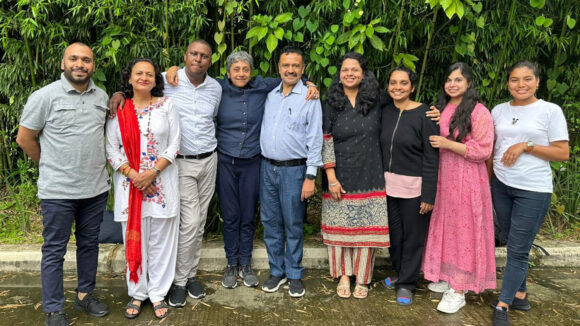
How people with psychosocial disabilities can claim their rights
Sightsavers’ Kate Bennell reflects on a recent talk led by Transforming Communities for Inclusion about psychosocial disabilities.
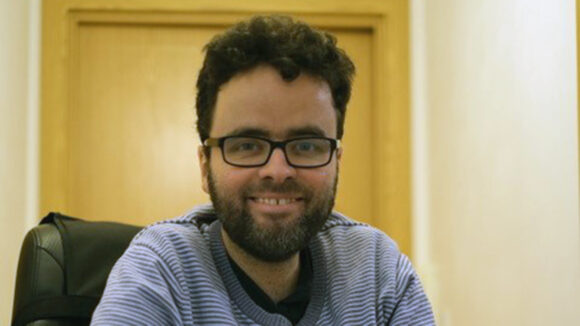
“My aim is to make the world a better place for disabled people”
Sightsavers’ Kate Bennell talks to Peter Fremlin, curator and author of the Disability Debrief, about the online newsletter which provides a disability lens on world news.